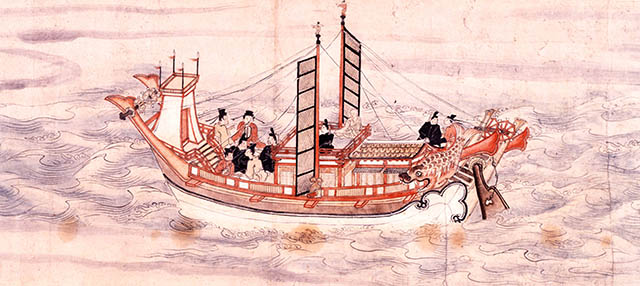Gokura - For lessons and learned from the great Tenmei famine
In 1780's, Tenmei period, Edo shogunate faced unprecedented food shortage, so called the great Tenmei famine, caused by cool summer damage in Tohoku district and eruptions in northern hemisphere such as Mt.Asama. According to a theory, about 920 thousands people was killed by this Tenmei crisis.
 |
| A "Gokura", grain warehouse in Kasai Bailiwick, the last extant one in Tokyo. (C)JAPAN a while ago |
After the Tenmei crisis over, the shogunate started sweeping reforms so called Kansei reform. Building grain warehouses policy was one of those reformation. The shogunate promulgated this policy to every bailiwicks and domains. Soon, there were many grain warehouses so called "Gokura" in almost villages in the Edo environs. Gokura in Horikiri, Kasai Bailiwick which is now called Katsushika Ward, is the last one in Tokyo still remain. It is typical warehouse with a straw-thatched roof.
 |
| A Japanese traditional silo at the Urawa Museum Traditional Architecture (C)JAPAN a while ago |
 |
| A straw-thatched roof over the silo in Urawa (C)JAPAN a while ago |
 |
| A Japanese traditional key in the silo in Urawa (C)JAPAN a while ago |
But Gokura were not only "warehouse" style, but also silo style. In Urawa, the Northern suburban of Edo, they built little silos.
Today, we can see a warehouses style Gokura at the next of Horikiri elementary school, and a silo style one at the Urawa Museum Traditional Architecture. Which one is your favorite?


